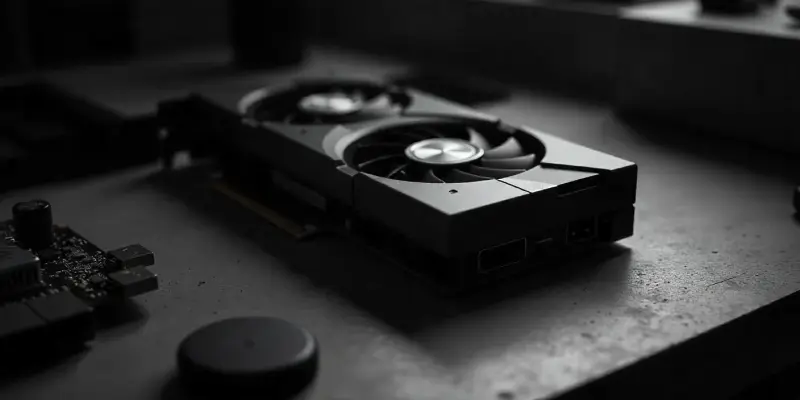The world of gaming technology is often marked by quantum leaps, but every now and then, these advancements come with their own set of challenges. The Nvidia RTX 50-series, lauded for its supposed innovative capabilities and designed to cater to gamers and creative professionals alike, has unexpectedly found itself in a spotlight it may not have anticipated. Reports have emerged of users grappling with blue screen errors and potentially hazardous cable malfunctions, which, troublingly, don’t seem entirely mitigated by the specialized adapters thought to be part of the solution. These instances have cast a shadow over the initial excitement surrounding the release of these premium graphics cards, adding urgency to discussions on the future of GPU design.
The Persistent Problem of Melting Cables
Spotlighting the issue of cable malfunctions, there’s an eye-catching account involving MSI’s high-end RTX 5090 Suprim card. This sophisticated piece of technology, with a price point that underscores its position in Nvidia’s premium lineup, demonstrated concerning symptoms. Despite limited gaming sessions, this card suffered from visible signs of overheating—its MSI 12V-2×6 adapter showcased mysterious burn marks. Users had high hopes that the yellow-tipped connectors, meticulously crafted to reduce the probability of connection errors, would be a game-changer. However, the persistence of cable melting issues hints at a more complex underlying flaw that transcends mere user errors. The power demand of these cards, reaching up to 400W even under full use, raises questions about whether the current design framework can sustainably support such high energy requirements, particularly during intensive operations.
Rethinking GPU Design Strategies
The gaming industry’s evolution often showcases groundbreaking advancements in technology, but with every leap forward, new challenges frequently arise. The Nvidia RTX 50-series, praised for its anticipated innovative features and appealing to both avid gamers and creative professionals, unexpectedly faces scrutiny. Users report encountering blue screen errors and risky cable malfunctions. These issues persist despite the use of specialized adapters, originally believed to address such problems. The combination of excitement and concern has sparked urgent discussions about the future direction of graphics card development and GPU design, prompting manufacturers to reassess their approach. As the community eagerly awaits solutions, this situation underscores the delicate balance between trying to push boundaries and ensuring reliability. It serves as a reminder that the path of innovation is fraught with potential difficulties that must be navigated carefully to maintain trust in new technology offerings.

